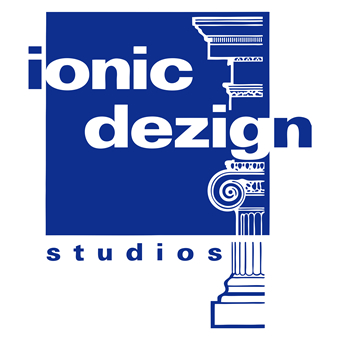Our Amazing Intern – Jaxon
Right after the presentation, a father brought his high school son to introduce to me and talk about the project in further detail. He also shared that his son was doing some AutoCAD in high school and wondered if we considered any internships. IONIC had considered summer interns in the past when there was a good match. We’ve even hired college students that worked part-time and went to school the other. Dahlia White is a testament to that success as she began with us that way more than 10 years ago.
So when this proud father introduced me to his son, Jaxon, a high school student, I must say that I was a little bit leery as to his ability to do much around our office. Honestly, everything we do is on the computer these days. And most high schools don’t teach the level that we would use in our office. However, I was very impressed with his portfolio work and found out that he had been in training with AutoCAD for three years. That’s just unheard of!
Jaxon was a pleasure in our office during his time with IONIC. He continued to grow and develop and not only honed his skills with AutoCAD, but quickly jumped into helping produce construction documents. We were excited to hear that this wasn’t just a job to make a few bucks but the beginning of a career and that he intended to go to architectural school at Virginia Tech.
Thanks Jaxon for all of your participation and energy that you shared in our Richmond office. We look forward to hearing and seeing great things from you in the future.
P. S. There are always summer breaks and holiday weekends!
Here is a quick note he shared with us:
My experience with IONIC started when they came to do an addition to my church; my dad dragged me along to the meeting just in case they offered an internship of some sort. I was doubtful that anyone would want a 17 year old kid working for them, but I went along anyway. After the meeting, I was super nervous about asking these two strange men (Eugene and Aaron) that I had never met about coming to work for them as it was my first time doing something similar to this.
However, it went smoothly! I secured the internship as well as a small pay, which was just unbelievable, and I went from there. When I first started at IONIC the one thing I remember is how welcomed I felt while I was first starting, almost like the family just took me under their wing immediately.
My first project I remember was a small project off of Twin Oaks, and Jeff gave me the floor plans and told me to put them into AutoCAD, no big deal right.
However, as I progressed I realized how hard it was! But with the help of Aaron and Google, I was able to continue to grow and learn. I am forever grateful for the opportunity that was given to me by IONIC and I am super excited to be back next summer!
IONIC isn’t only a business, it’s a family who care for one another deeply.
Thank you Jaxon for the kind words…Looking forward to seeing your success at Virginia Tech!



 om scratch…there is no “Easy Button”!
om scratch…there is no “Easy Button”!
























